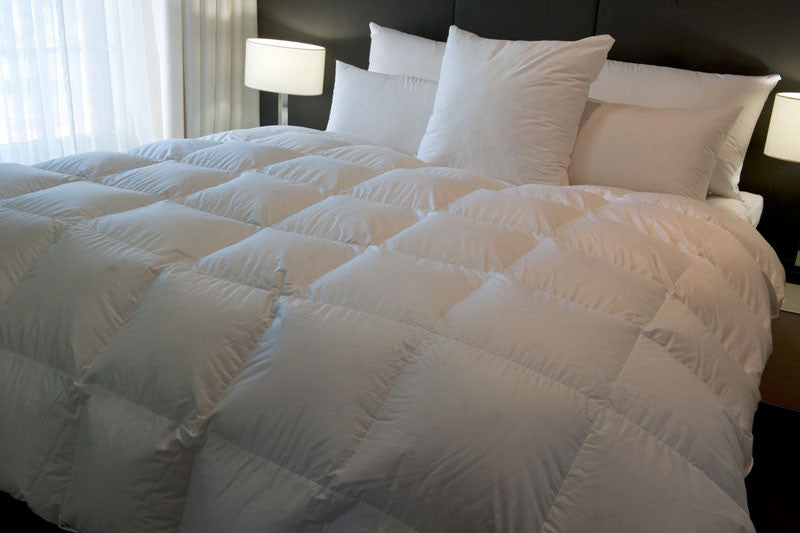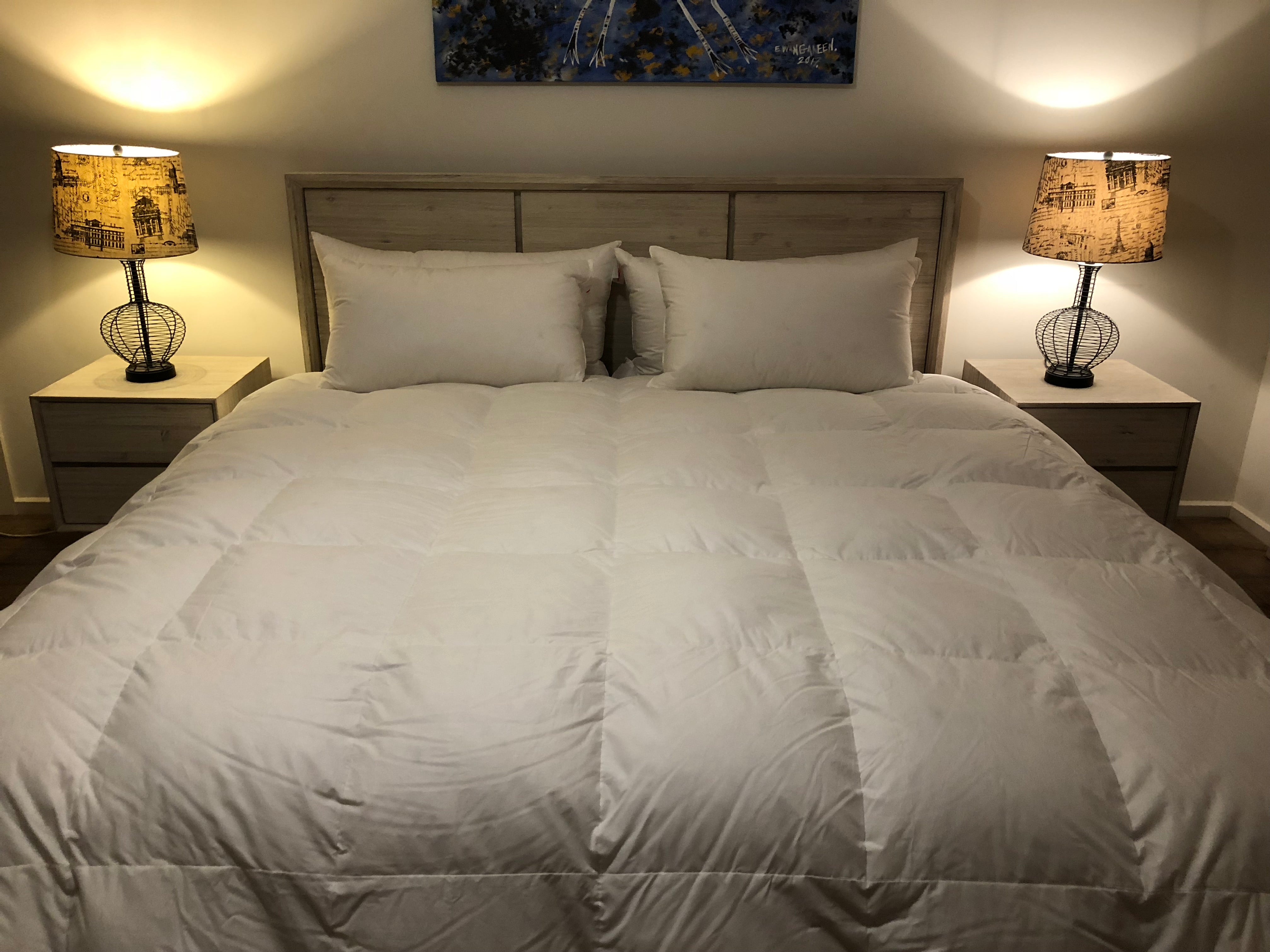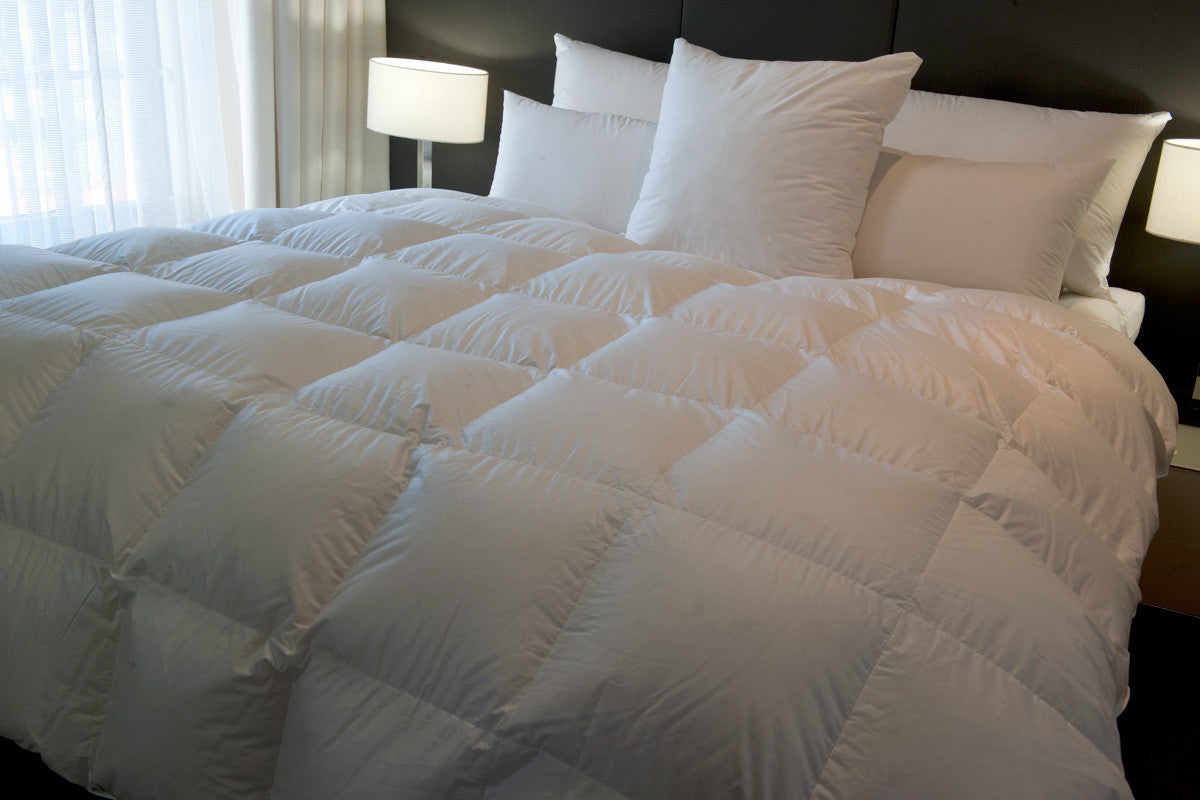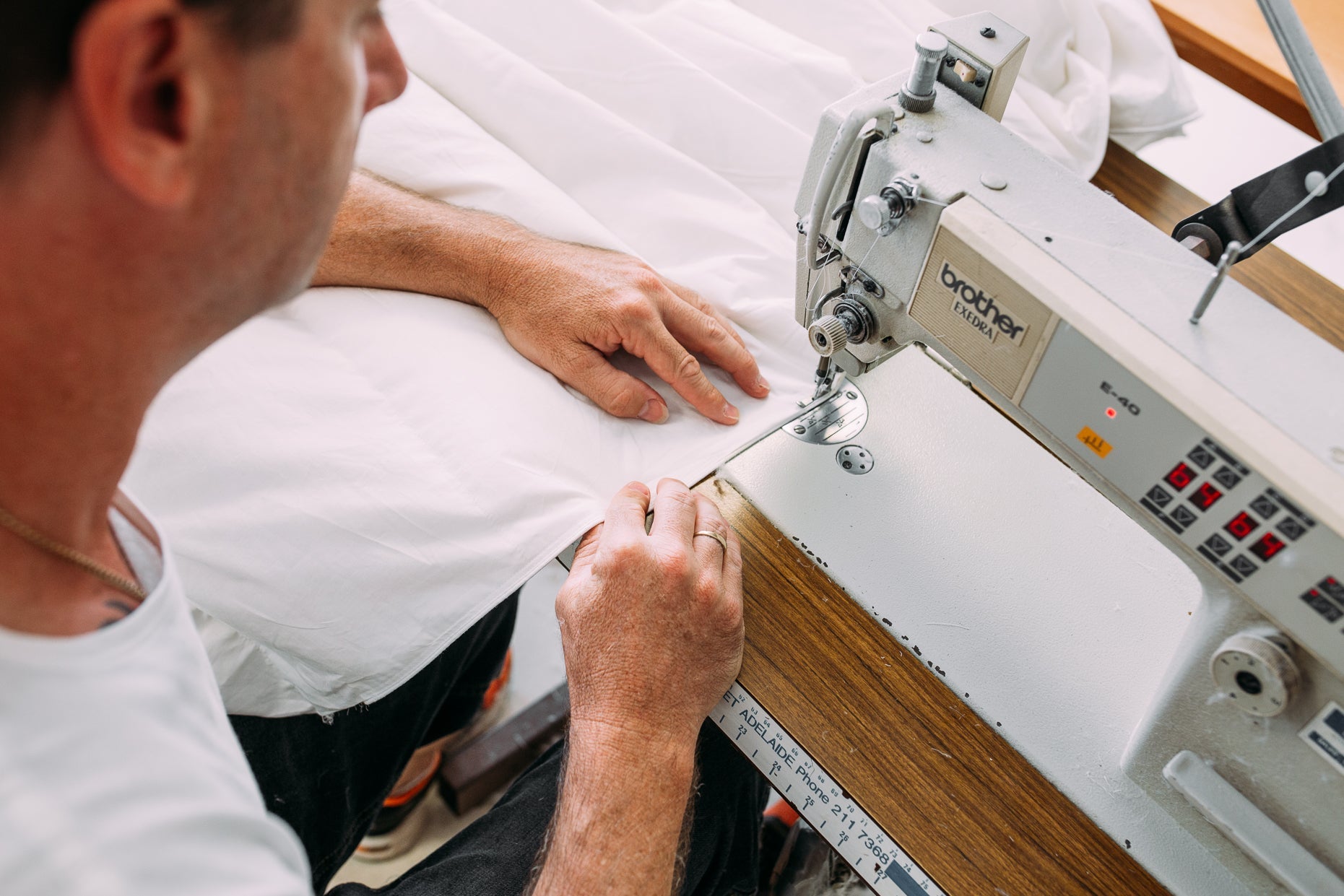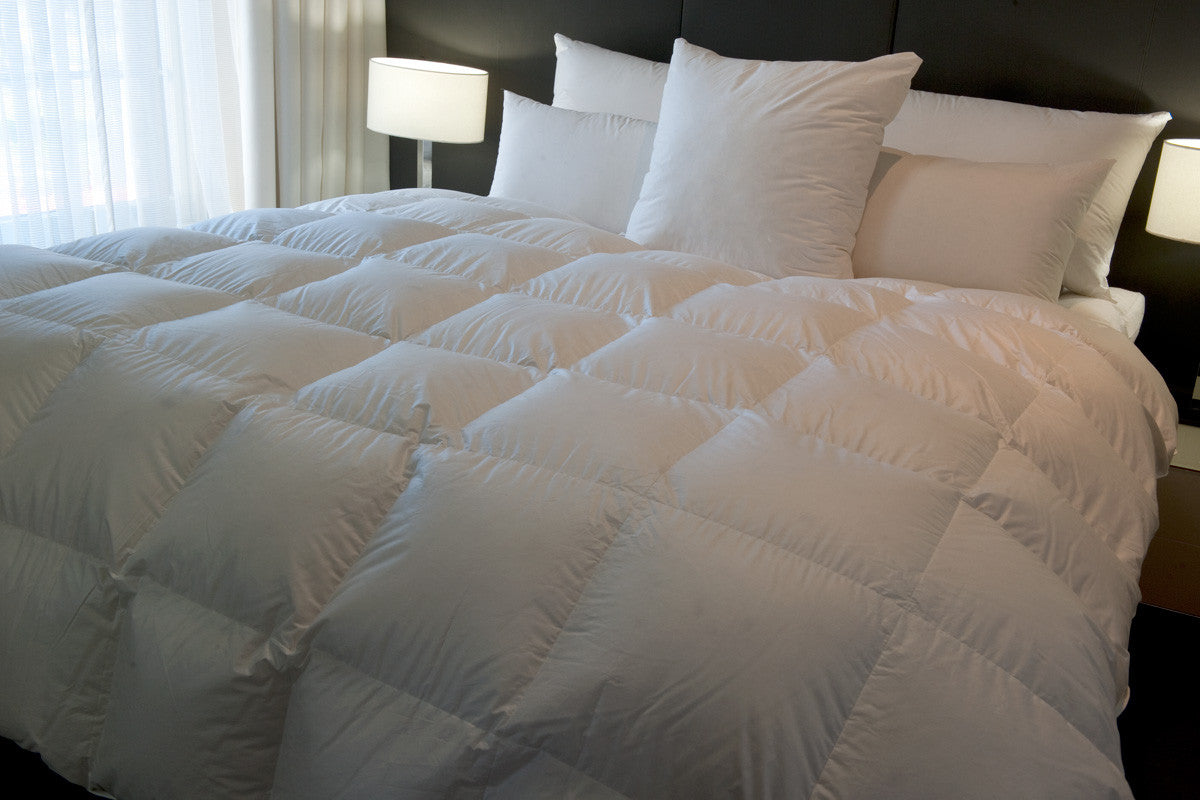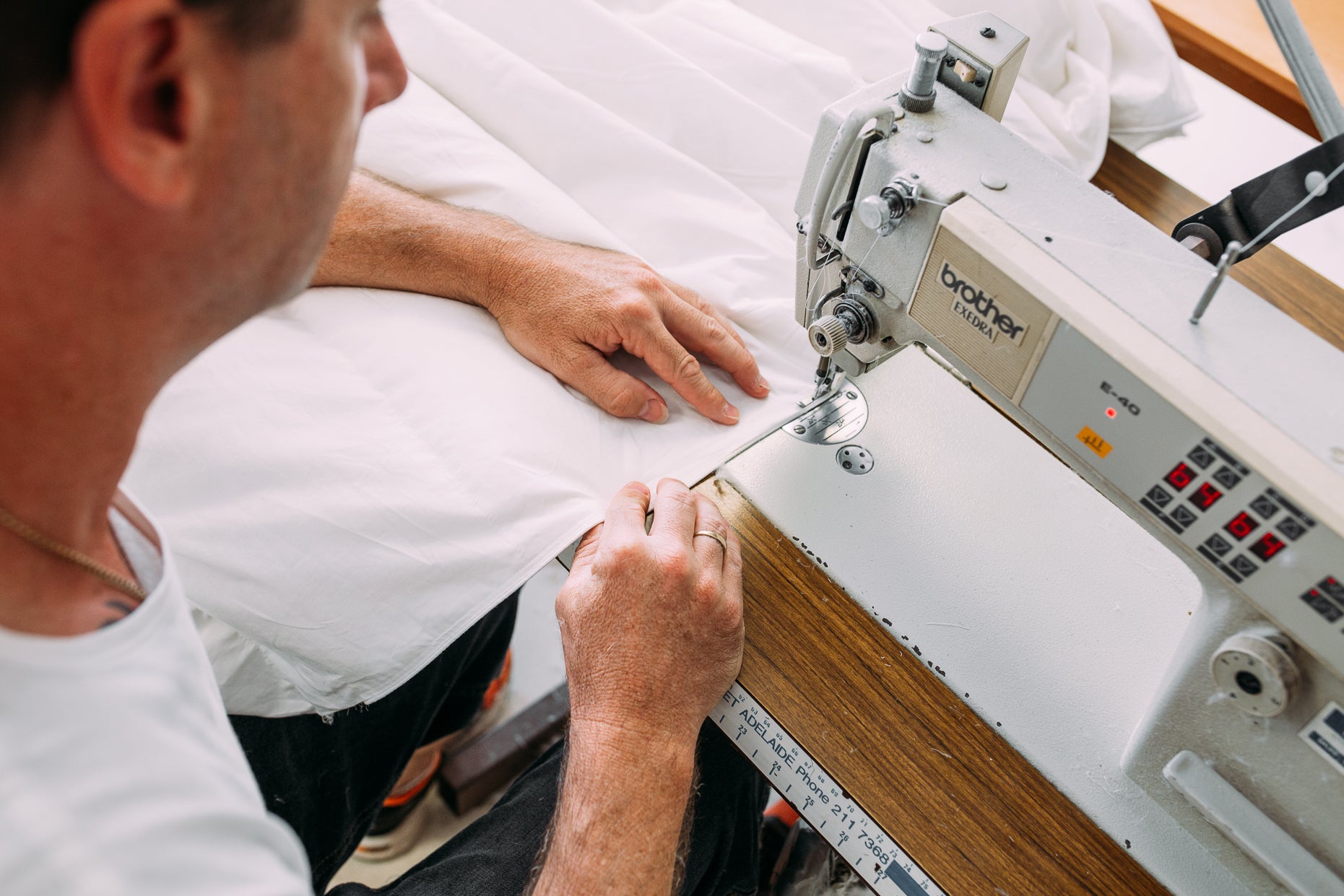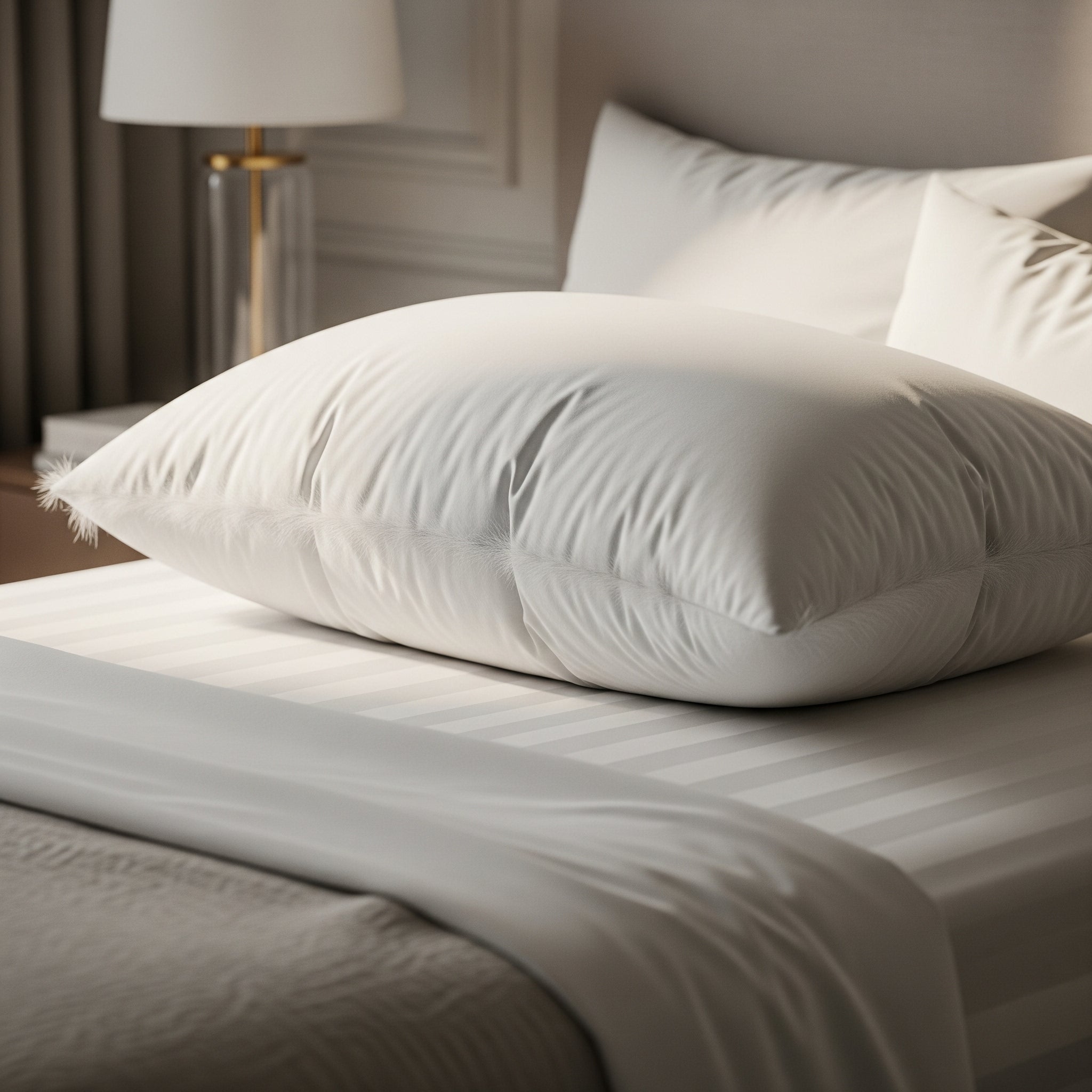
When Adelaide Home Owners Should Replace Old Down Pillows
Down pillows provide exceptional comfort and support, but even premium-quality options have a limited lifespan. For Adelaide homeowners, understanding the right time to replace an ageing down pillow is crucial for maintaining sleep hygiene, reducing allergy risks, and ensuring optimal neck and spine support. In this article, we outline the key indicators that it’s time to upgrade and offer expert insights to help you make an informed decision.
Frequently Asked Questions
How many years should a down pillow last?
A high-quality down pillows generally lasts between 5 and 10 years, depending on how frequently it’s used and how well it’s maintained.
Is it possible to wash and reuse old down pillows?
Yes, but proper care is essential. Down pillows can be washed with a gentle detergent and thoroughly dried on low heat. However, regular washing will not restore loft once the fill has deteriorated.
What causes a down pillow to develop an odour?
Persistent odours often indicate the presence of mould, mildew, or bacteria—typically the result of trapped moisture. If this occurs, replacement is the safest option.
How do I know if my down pillow is no longer offering support?
Try the fold test: fold the pillow in half and release it. If it does not spring back to shape, the fill has likely degraded, and the pillow no longer provides adequate support.
Key Features to Consider
-
Loft Retention – The pillow should maintain its height and bounce throughout the night.
-
Allergen Resistance – Over time, pillows accumulate dust mites and other allergens, affecting sleep quality.
-
Moisture Control – Proper breathability prevents mould growth, but prolonged use can compromise this function.
-
Structural Integrity – A pillow should cradle your head and neck, not collapse under pressure.
-
Surface Cleanliness – Visible stains or yellowing are signs of prolonged use and diminishing hygiene.
-
Odour-Free Condition – A fresh pillow should never emit a musty or sour scent.

Signs Your Down Pillow Needs Replacing
Loss of Loft & Support
A pillow that appears flat or unresponsive despite fluffing is no longer performing effectively. Down fill compresses over time, reducing its ability to provide proper head and neck alignment. This can lead to discomfort, disrupted sleep, or even long-term neck strain. In Adelaide’s cooler months, a flattened pillow can also compromise warmth.
Supreme Quilts advises checking the loft retention of your pillows annually, especially if they’re used nightly. If the fill fails to regain shape or compresses easily under pressure, it’s time to consider a replacement.
Allergy or Hygiene Concerns
With daily use, even the best pillow protectors cannot prevent the gradual buildup of dust mites, bacteria, and skin cells inside the pillow. For individuals with asthma, sinus conditions, or sensitive skin, this can trigger ongoing irritation.
Frequent sneezing, congestion, or skin discomfort experienced at bedtime may indicate the pillow has become a source of allergens. While hypoallergenic covers and regular cleaning help, replacing the pillow is often the most effective solution to maintain a healthy sleep environment.
Noticeable Stains or Odours
Discolouration and odours are common in older pillows. Over time, natural oils, perspiration, and environmental moisture permeate the pillow fill, leading to visible yellowing and an unpleasant smell. These are often signs of internal microbial activity.
For Adelaide residents in coastal or humid areas, moisture retention can accelerate this issue. A clean down pillow should remain fresh-smelling and visually clean when protected appropriately. If odours persist even after washing, the pillow has likely reached the end of its usable life.
Fails the Fold Test
One of the simplest ways to assess pillow health is the fold test. Fold the pillow in half and observe whether it returns to its original shape. If it remains folded or lacks spring, this indicates the internal fill has lost structural resilience.
Supreme Quilts recommends performing this test every six to twelve months to ensure your pillow is still supporting your body correctly. A failed fold test is one of the most reliable indicators that replacement is due.
Declining Sleep Quality
Poor-quality sleep is often the first symptom of an unsupportive pillow. If you’ve noticed increased tossing and turning, tension in the neck or shoulders, or fatigue upon waking, your pillow may no longer be performing its role.
Sleep disruption often creeps in gradually, making it difficult to pinpoint the cause. However, pillows that are uneven, clumpy, or no longer comfortable to rest on are frequently to blame. In such cases, replacing your pillow can be a simple yet effective way to improve sleep health.
Replacing an old down pillow is an investment in long-term health and wellbeing. Homeowners in Adelaide should pay close attention to subtle signs of wear such as sagging loft, unpleasant odours, increased allergy symptoms, or reduced sleep quality. These indicators suggest that the pillow is no longer providing the support or hygiene standards required for a restful night.
If you are uncertain whether your current pillow still meets your needs, feel free to contact us for personalised advice on suitable replacements.
A high-quality replacement not only restores your comfort but also helps ensure better spinal alignment and allergy control—key factors for sustained sleep wellness.

